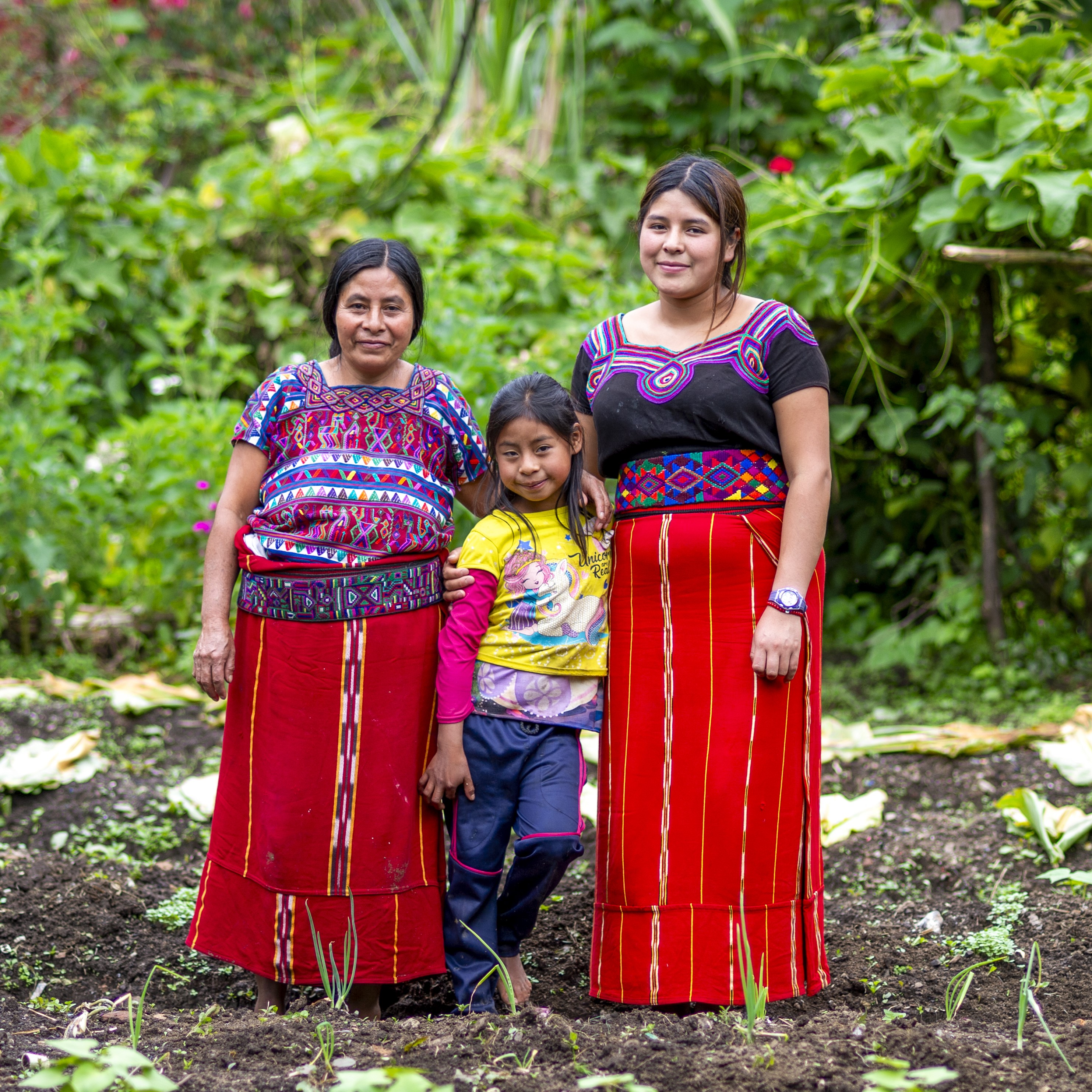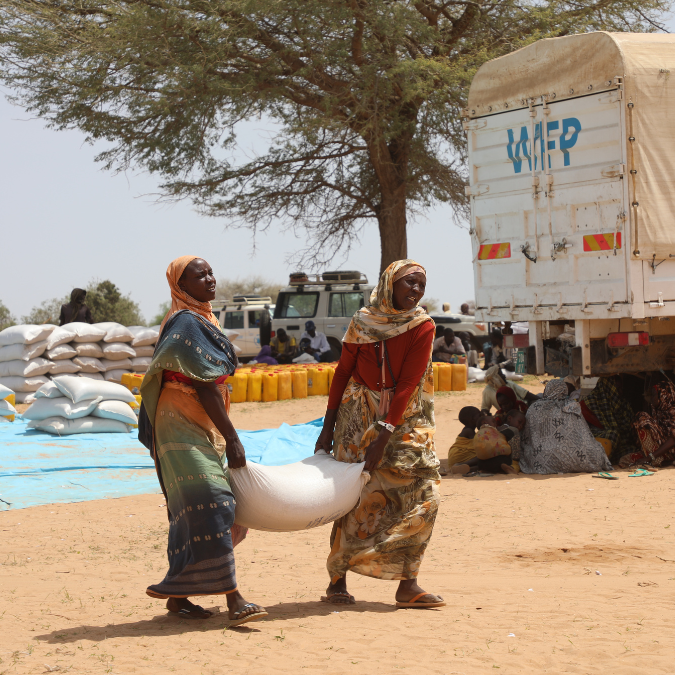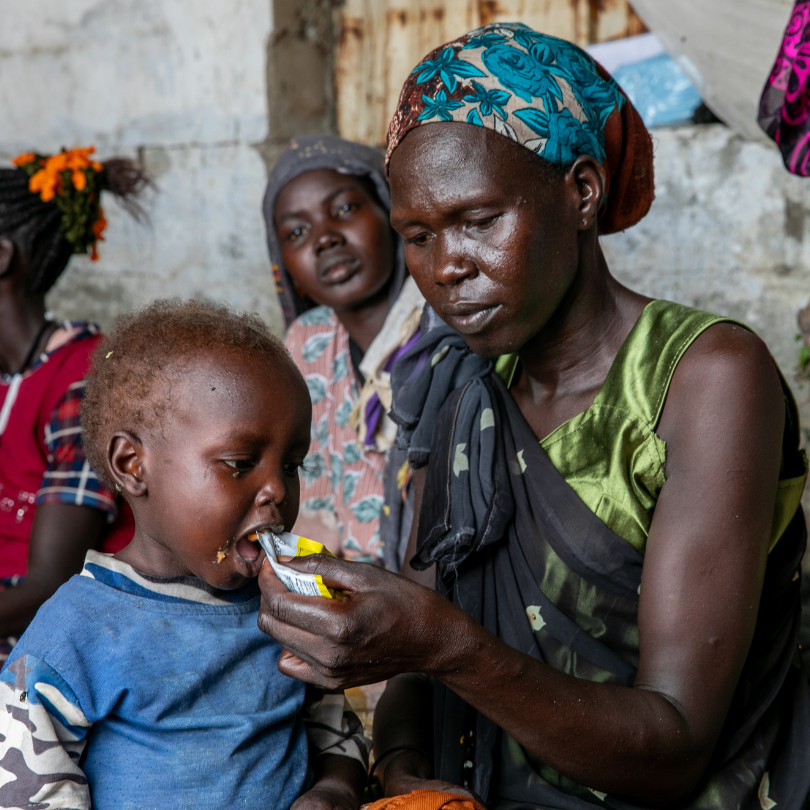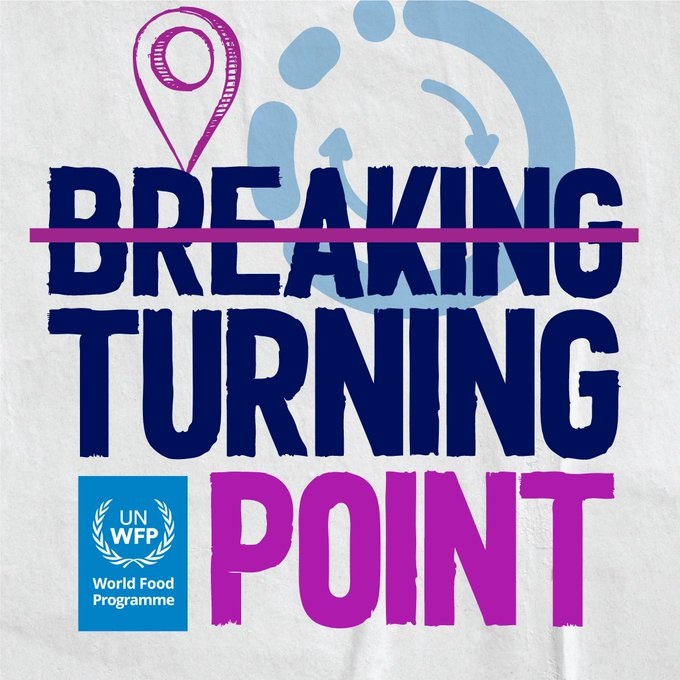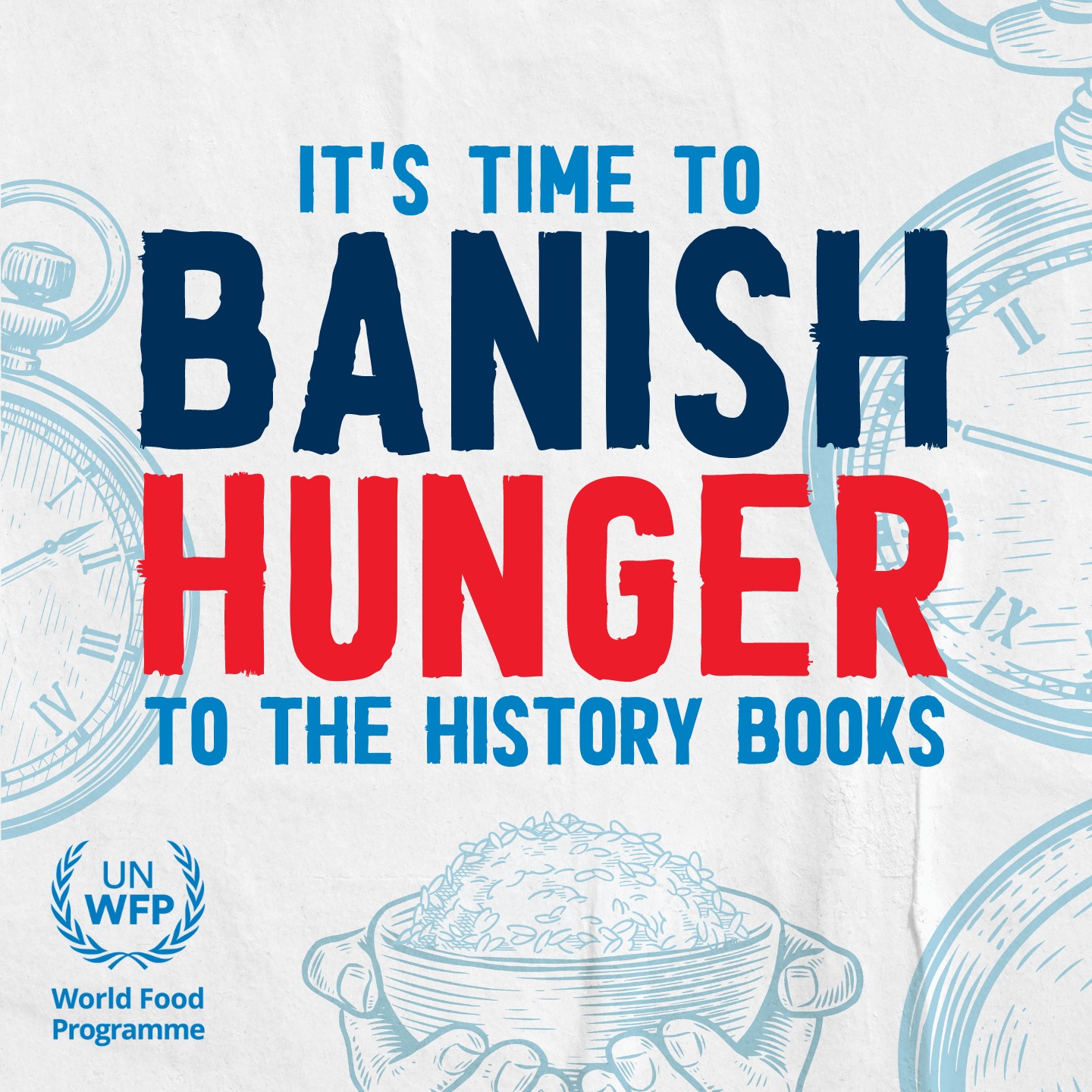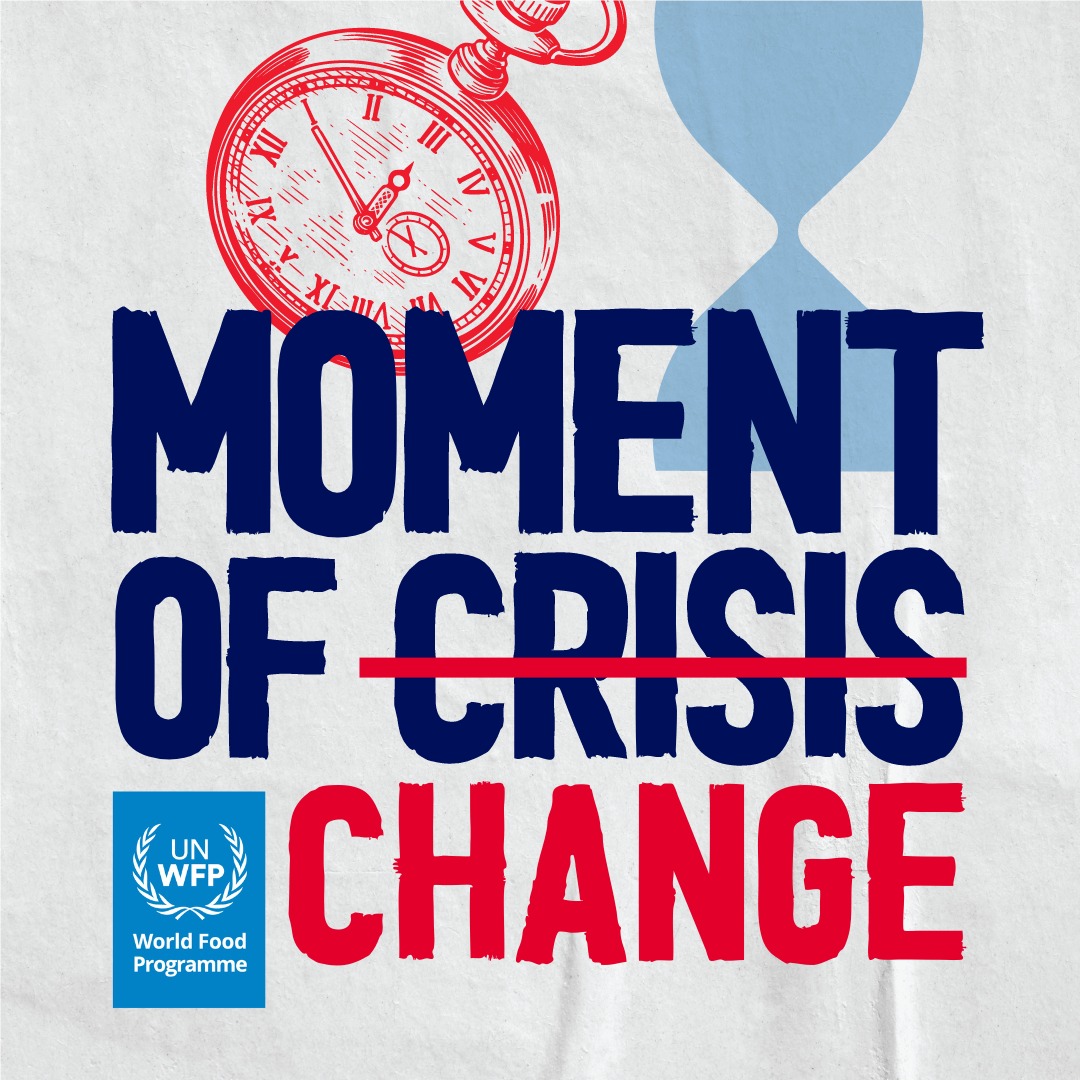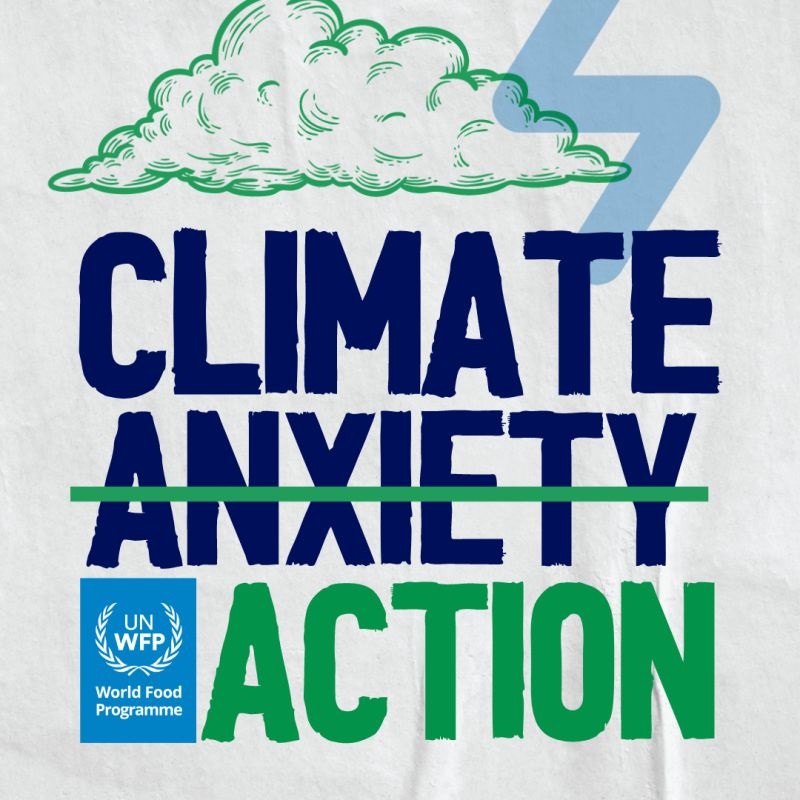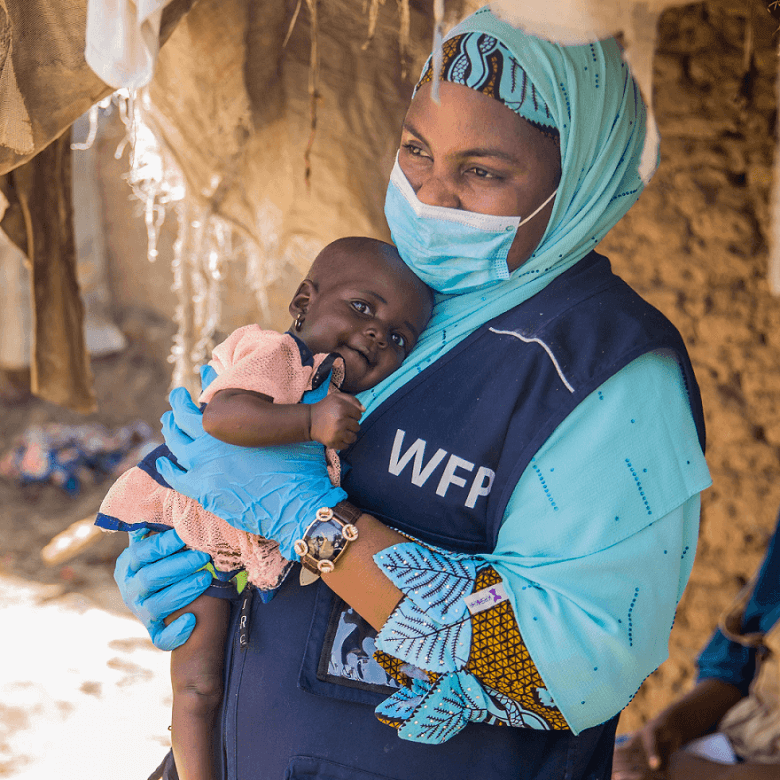Why are more people facing hunger?
Hunger is on the rise. Around the world, 333 million individuals don’t know when or if they will eat again. That’s more than the entire population of the United States. A series of factors, including conflict, economic shocks, and climate change are to blame.
This creates a growing need for humanitarian and development assistance. But the funding available for such actions is running low, forcing WFP and other humanitarian organisations to scale back life-saving assistance.
Hunger solutions that have an impact
Hunger Crisis Meets Funding Crisis
The human cost of the funding crisis
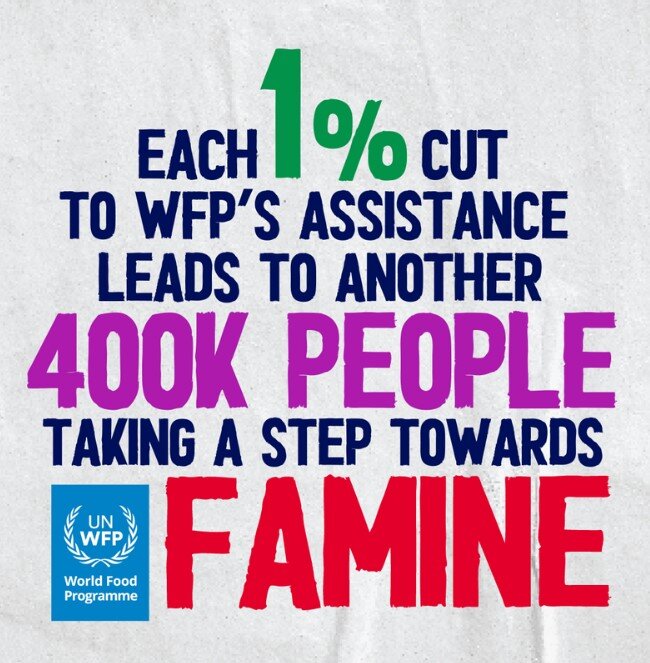
WFP assistance provides a lifeline for millions of hungry people around the world. Cuts in humanitarian funding put this lifeline at risk.
With limited resources, WFP is forced to prioritise assistance to the starving, while millions of other hungry people no longer receive the support they need.
Our data shows that each 1% reduction in WFP's assistance could push an additional 400,000 people closer to famine. The cost of inaction is too high to ignore.




